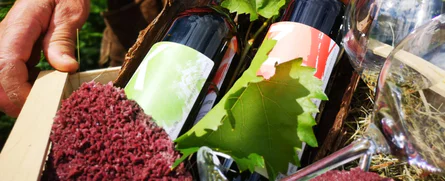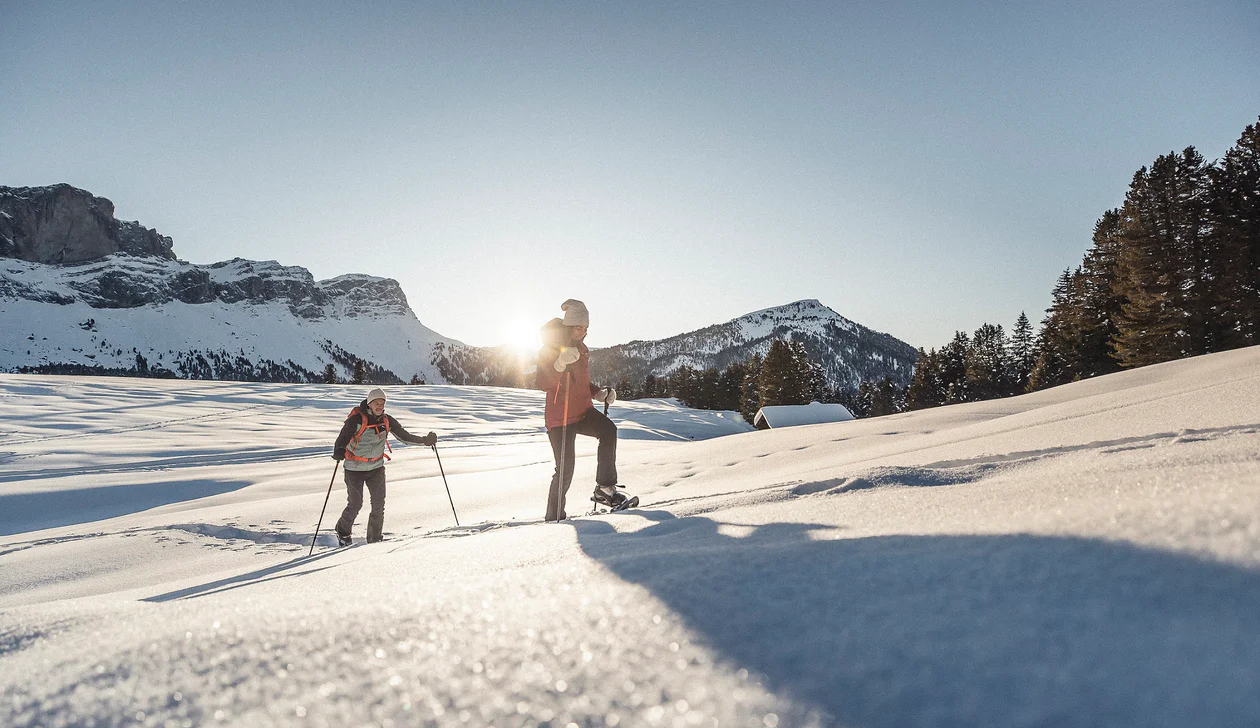Rohregger describes himself as “determined and quality-oriented.” In concrete terms, that means: the goal is quality and the winegrower and winemaker in one consistently heads for it. “All wines are made by us in a characteristic and authentic manner in ceramic or wood and are matured for at least a year,” Rohregger says. That which is created are not only wines of high quality, but also those with a high degree of recognition value. They are also not mainstream, but rather wines which reflect well the vineyards of the Prälatenhof Estate Winery in Pianizza di Sotto in the community of Caldaro.
These vineyards are described by the winegrower at the Prälatenhof in Caldaro with the term “very interesting”. On one hand, the vineyards are located in Caldaro at an elevation of 440 meters. Schiava is grown there on vines that are up to 90 years old, as is Pinot Grigio and Sauvignon Blanc. On the other hand, the Prälatenhof had vineyards in the community of Cortaccia, and specifically in Corona, at 800 meters above sea level, where Sauvignon Blanc, Pinot Noir, and Pinot Blanc grapes are grown. Two vineyards, two completely different locations, five grape varieties, and yet just one challenge for the three generations of Rohreggers at the tenuta Rohregger: to produce top-quality wines.



































